Governor Newsom Signs Executive Order to Expand Beneficial Fire Use
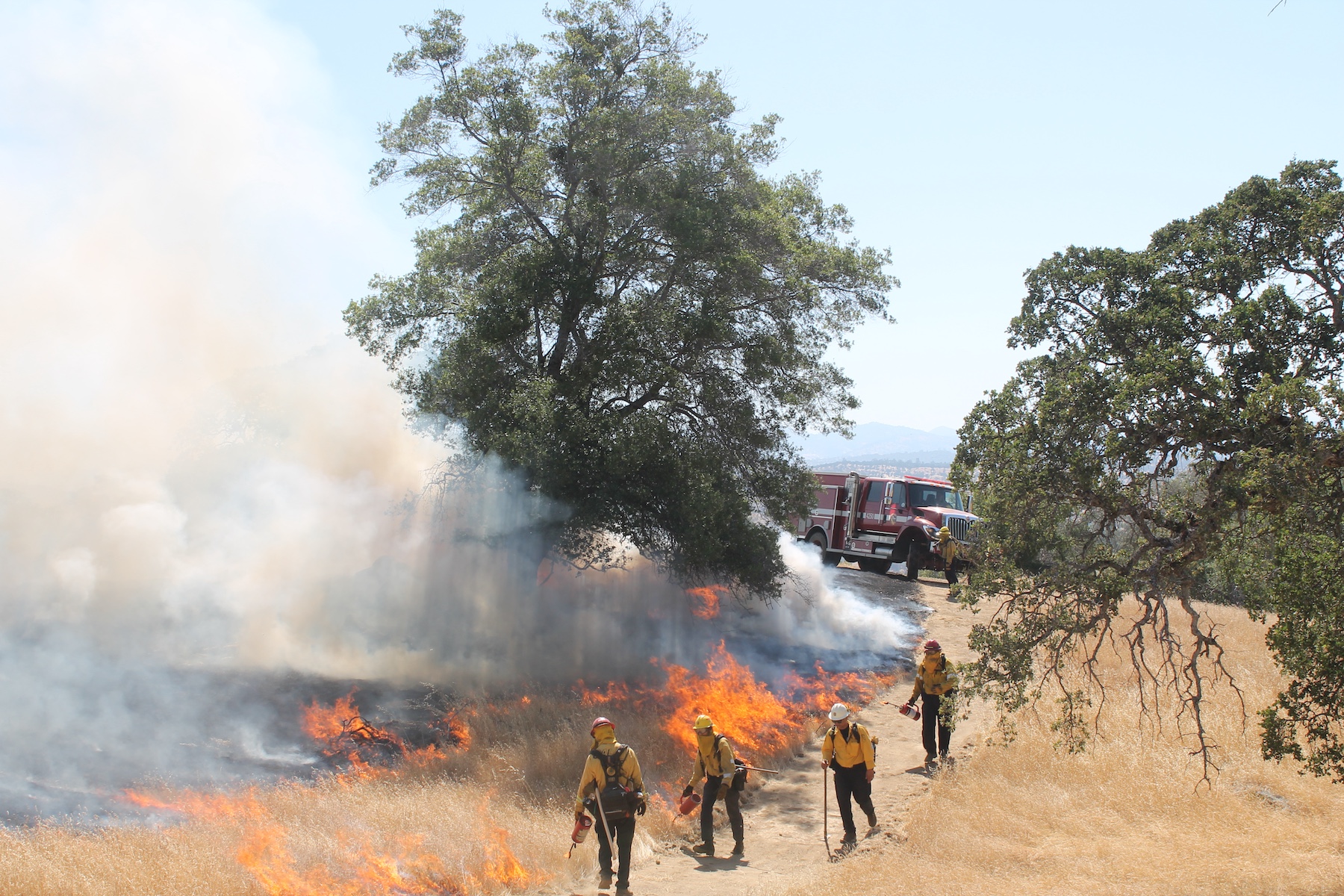
Governor Newsom Signs Executive Order to Expand Beneficial Fire Use
October 29, 2025 – Governor Newsom signed an executive order directing state agencies to reduce red tape and expand tools to safely deploy beneficial fire projects. The order directs a suite of actions to fast-track critical work in the coming months with a key focus on directing state agencies to provide immediate on-the-ground support to local governments and fire practitioners to maximize use of beneficial fire, helping ensure that California does not miss the critical fall weather window to conduct prescribed and cultural burns. The order supports collaborative efforts to update beneficial fire permitting, address air quality concerns associated with smoke and enable resource conservation districts and other entities to carry out beneficial fire projects.
The executive order helps strengthen and build on California’s wildfire prevention strategy by:
- Accelerating funding and projects: Distributes funding to resource conservation districts and other eligible government agencies in advance of beneficial fire work, as well as creates more simplified grant funding processes.
- Expanding local participation: Removes policies and regulatory roadblocks that would make it more difficult for local agencies to engage in this work, including suspending the state law that prohibits resource conservation districts and volunteer fire departments from participating in the Prescribed Fire Liability Claims Fund Pilot Program.
- Working with tribal communities: Directs state agencies to continue prioritizing tribal consultation, access, collaboration, and co-management—so we can work together to expand and support cultural burning and other forms of tribal stewardship.
- Increasing education and data: Directs the California Air Resources Board (CARB) to create new modeling and related technologies, such as the Prescribed Fire Information Reporting System (PFIRS) and make this technology available to support air districts’ efforts to promote fast, efficient and low-cost permitting, and expands training opportunities for beneficial fire practitioners.
- Mitigating air quality risks: Increases collaboration and creates new best practices that provide beneficial fire practitioners consistent permitting and smoke management plan guidance while protecting public health and communicating potential smoke impacts to the public and create guidance for local communities.
Building on nation-leading progress
The executive order builds on unprecedented progress already made by state, federal, tribal, local, and nonprofit partners to increase the pace and scale of beneficial fire implementation across the state. Key advancements include:
- The Task Force issued California’s Strategic Plan for Expanding the Use of Beneficial Fire (2022), a comprehensive roadmap to coordinate the efforts of state, federal, and tribal partners to treat up to 400,000 acres with beneficial fire annually by 2025.
- Prescribed fire treatments in California nearly doubled between 2021 and 2023. Federal, state, and local agencies completed 260,000 acres of prescribed fire treatments in 2023.
- In May, CAL FIRE, for the first time ever, met and exceeded its 50,000-acre goal for beneficial fire as outlined as a goal within the California Strategic Plan for Expanding the Use of Beneficial Fire. This was accomplished even with the Park Fire in late 2024 and the January 2025 fires in Los Angeles.
- As of June, CARB, in close coordination with the California Air Pollution Control Officers Association, has held over 20 prescribed fire training sessions for stakeholders to discuss smoke management, public information, and tools and technology related to prescribed fire.
- In 2021, CARB released California Smoke Spotter — a critical tool to inform the public of air quality impacts from wildfire and prescribed fire smoke.
- The Governor and Legislature established a first-in-the-nation Prescribed Fire Liability Claims Fund in 2022 backed with $20 million in state funding, to accelerate beneficial fire on private lands by covering losses in the rare instance that a prescribed or cultural burn escapes control.
- In September 2024, Governor Newsom signed SB 310, which reduces barriers for California Native American tribes to conduct cultural burns in their ancestral territories. The Karuk Tribe and the California Natural Resources Agency (CNRA) entered into the landmark SB 310 Cultural Fire agreement in February 2025. Out of this effort, the Tribe and CNRA have developed a template agreement for other tribes to utilize educational materials to support government-to-government collaboration in advancing cultural fire.
- In September 2024, Governor Newsom signed SB 1101, which streamlines CAL FIRE’s contracting and procurement process to support beneficial fire.
- In August 2023, the Governor’s Wildfire and Task Force launched an Interagency Treatment Dashboard that provides transparency on the location of completed beneficial fire projects.
- CAL FIRE’s Prescribed Fire Monitoring Program released the first version of a manual outlining field monitoring protocols in 2023 to assist land managers with unit selection, data collection, tools and technologies, data storage, and analysis procedures.
CNRA and Partners Install First Ever Redwood Forest Observatory
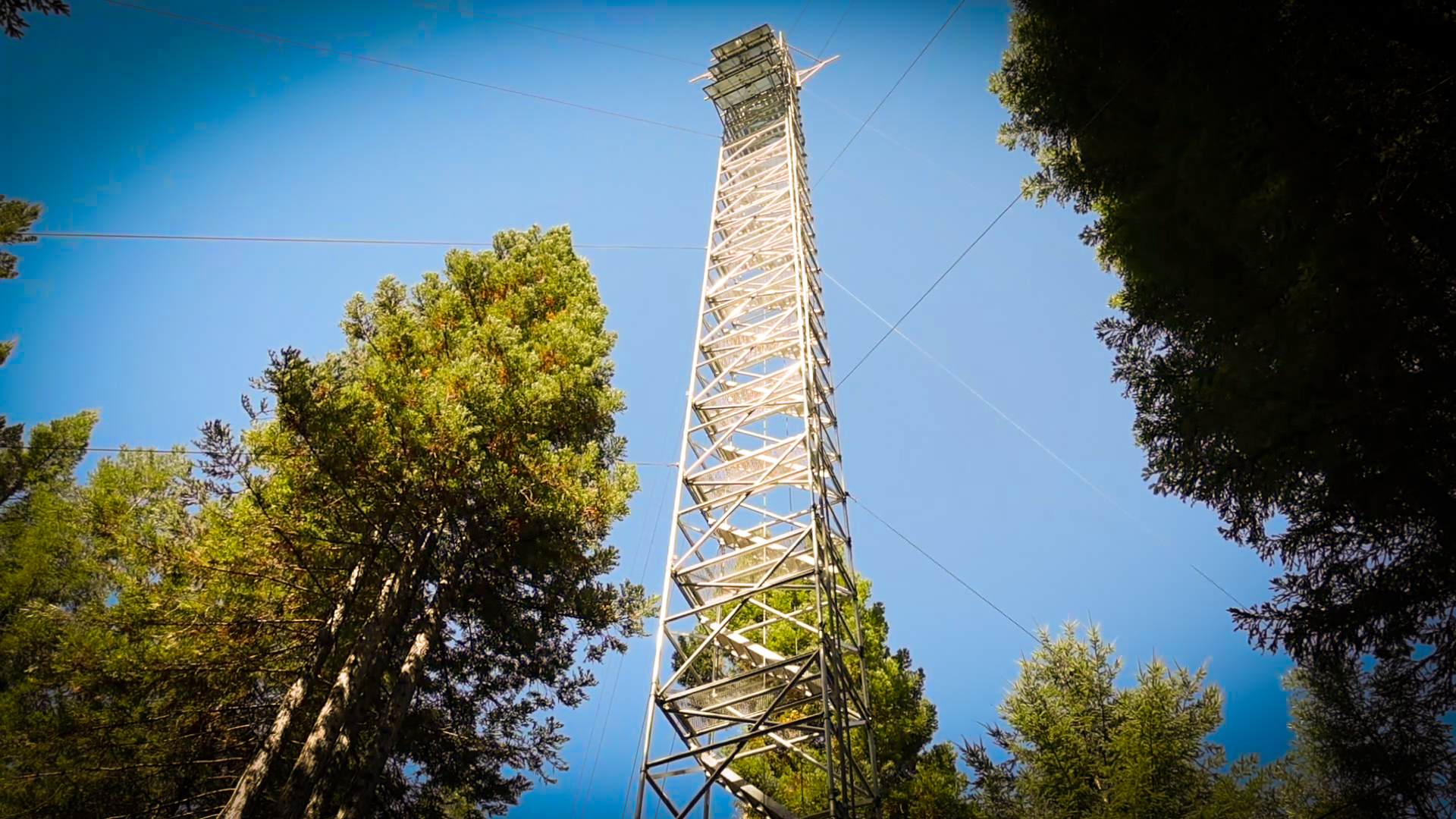
CNRA and Partners Install First Ever Redwood Forest Observatory
The California Natural Resources Agency (CNRA), in partnership with UC Davis, Lawrence Berkeley National Laboratory, the California Air Resources Board, and CAL FIRE, installed the first ever redwood forest observatory consisting of two research towers that will provide critical forest health information on California’s coast redwood forests. The recently installed flux towers are located in Jackson Demonstration State Forest, where they are measuring the inflow and outflow of carbon dioxide, water vapor, and energy between the redwoods and the surrounding environment. Instruments on these towers provide real time understanding of how redwoods respond to changing environmental conditions, wildfire, and management to help land managers protect this iconic forest ecosystem undergoing rapid change. Within the next year, aggregated measurements produced by these towers will be processed for public use.
What is a Flux Tower?
A flux tower is a tall structure that extends above the forest canopy, equipped with sensors at various heights to measure the exchange of gases and energy between the forest and the atmosphere using the eddy covariance technique.
These towers will provide:
- Direct, continuous measurements of redwood forests’ carbon sequestration and their response to climate, management, or natural disturbance, such as wildfire.
- Data on how the redwood forests respond to weather dynamics, such as fog, cloudiness, and summer drought, providing critical information on forest health.
- An important link between satellite data and computer models to enable evaluation of the health and resilience across California’s coast redwood forests.
- Data with the AmeriFlux research network, along with hundreds of research sites across the Americas. These networks help assess the responses and feedback of American terrestrial ecosystems to environmental changes, including those caused by climate, land use, and extreme events.
New Report On Effects of Forest Management on Carbon Storage
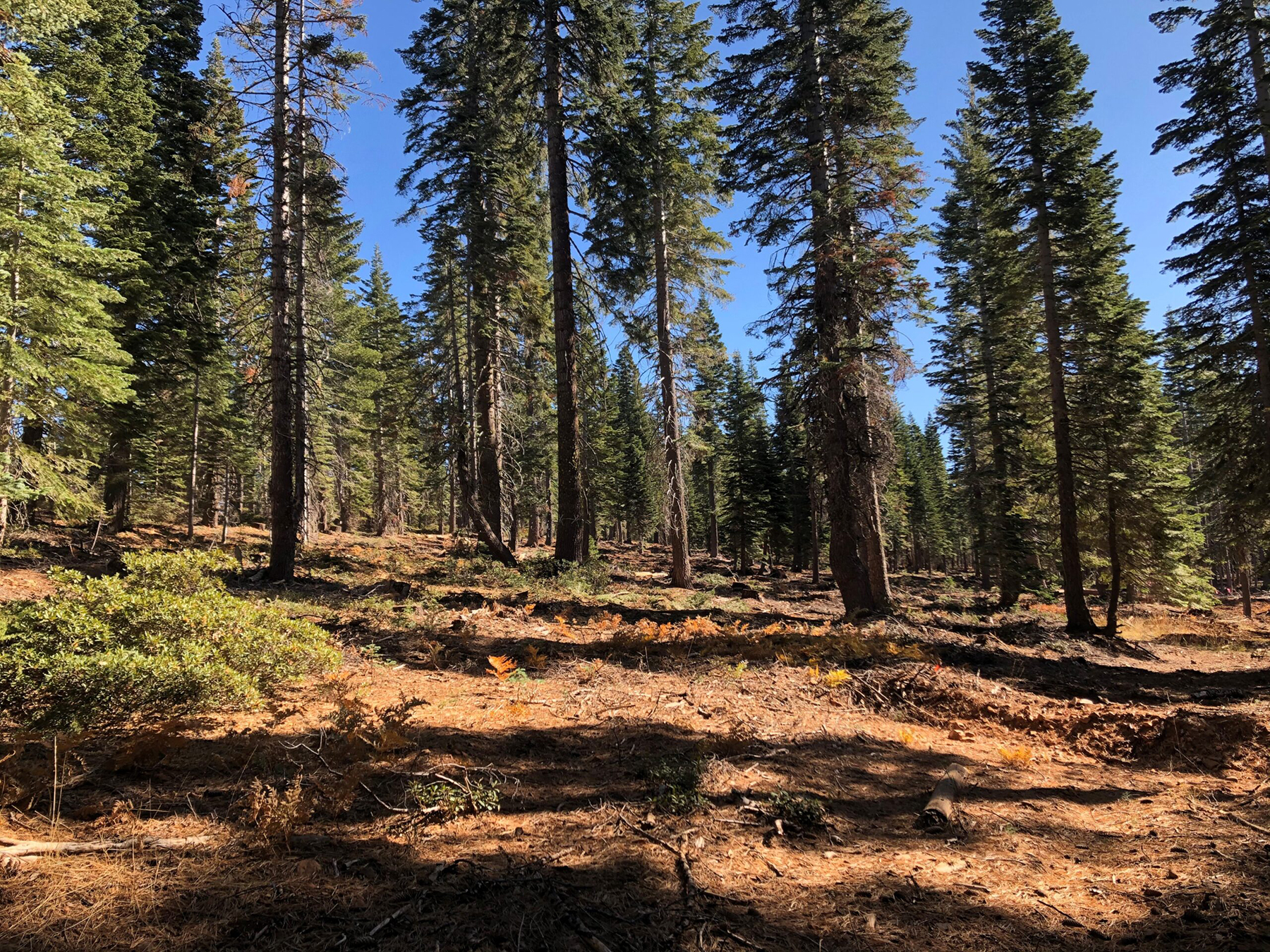
New Report on Effects of Forest Management on Carbon Storage in California
February 18, 2025 – American Forests, USFS, CAL FIRE, The Northern Institute of Applied Climate Science, and Michigan State University recently released a collaborative report on the effects of forest management and wood utilization on carbon sequestration and storage in California. The report provides comprehensive forest sector carbon modeling results, estimated treatment costs, wood product revenue, and wood processing capacity constraints for a broad range of forest management scenarios to help identify climate-smart forestry (CSF) practices. The modeling results provide information about forest climate mitigation and adaption opportunities that will be utilized to help inform the 2025 California Wildfire and Forest Resilience Task Force Action Plan
Notably, the report:
- Identifies 11 million acres in California as having high or very high wildfire hazard potential.
- Emphasizes the importance of wood utilization to improve carbon benefits.
- Predicts that under a business-as-usual scenario, California could lose up to up to 48% of forest area & 50% of forest carbon by 2071.
- Models scenarios that include a portfolio of actions that drastically reduce predicted losses to forest areas and forest carbon.
California Signs Cultural Burning Agreement with Karuk Tribe
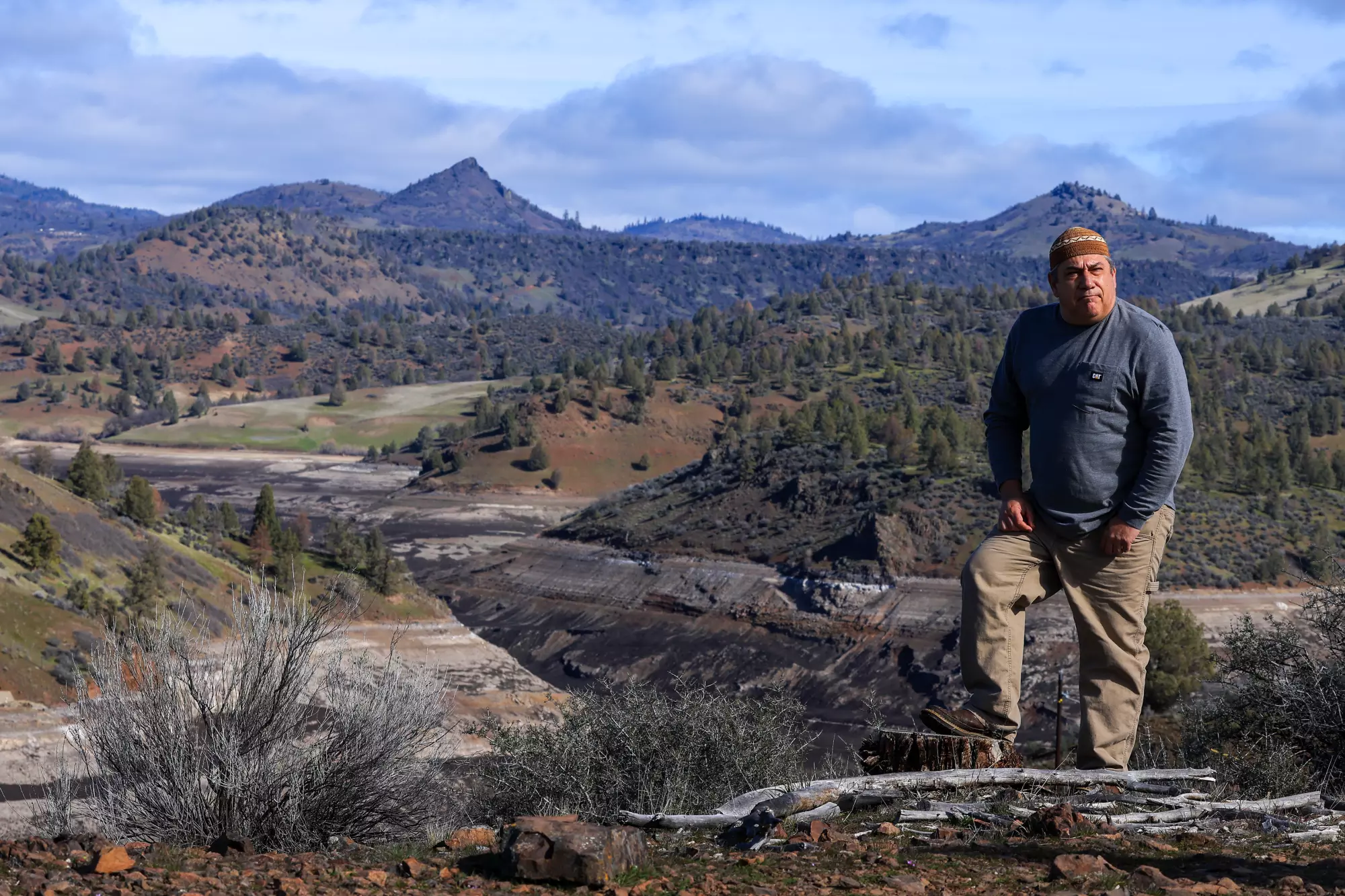
California Advances Wildfire Resilience and Honors Tribal Sovereignty Through Cultural Burning Agreement with the Karuk Tribe
March 7, 2025 – The Karuk Tribe and the California Natural Resources Agency (CNRA) have entered into a historic agreement as part of CNRA and CalEPA’s announcement that SB 310 is now in effect. This legislation and agreement acknowledges tribal sovereignty and addresses historical injustices while contributing to the mitigation of catastrophic wildfire by enabling CNRA and local air districts to enter into agreements with federally recognized California Native American tribes to support them in conducting cultural burns in their ancestral territories. For more information, read the FAQ on SB 310.
CNRA will be hosting a webinar about the landmark cultural burn agreement with the Karuk Tribe and SB 310 on April 1, 2025 at 1pm.
Governor Newsom Signs Executive Order to Further Improve Community Hardening
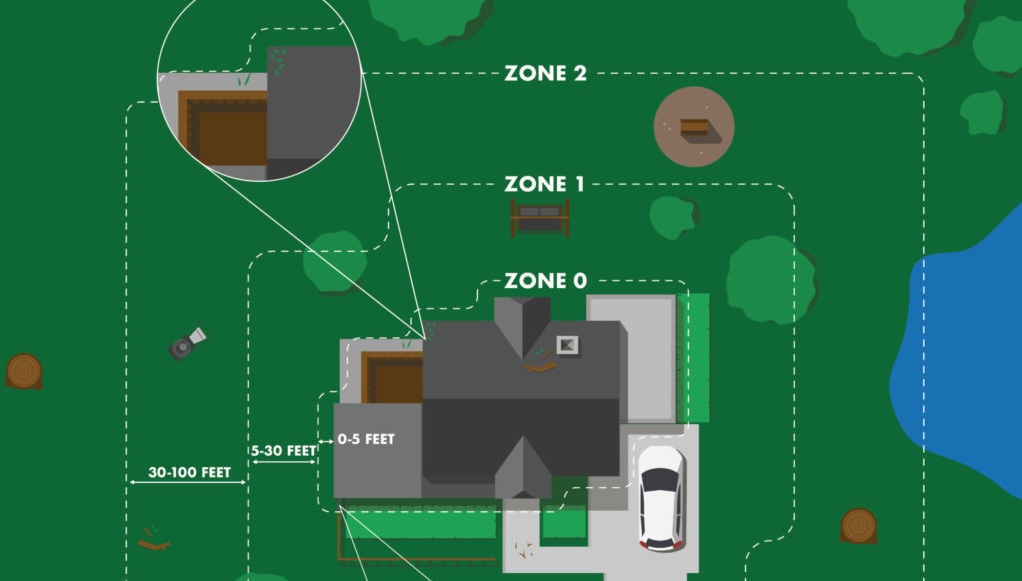
Governor Newsom Signs Executive Order to Further Improve Community Hardening and Wildfire Mitigation
On February 6, Governor Newsom signed an executive order to launch key initiatives to continue adapting to future wildfires and strengthen community resilience to urban conflagration (large destructive fires that spread beyond natural or artificial barriers wherein structures themselves become the fuel that spreads the fire). The executive order:
- Directs the State Board of Forestry to accelerate its work to adopt regulations known as “Zone 0,” which will require an ember-resistant zone within 5 feet of structures located in the highest fire severity zones in the state.
- Tasks the Office of the State Fire Marshal with releasing updated Fire Hazard Severity Zone maps for areas under local government responsibility, adding 1.4 million new acres of land into the two higher tiers of fire severity, which will update building and local planning requirements for these communities statewide.
- Requires CAL FIRE and Cal OES to work with local, federal and tribal partners on improvements to the Federal resource ordering system for wildfire response.
California Continues Quick and Effective Action to Assist Los Angeles Fires Recovery
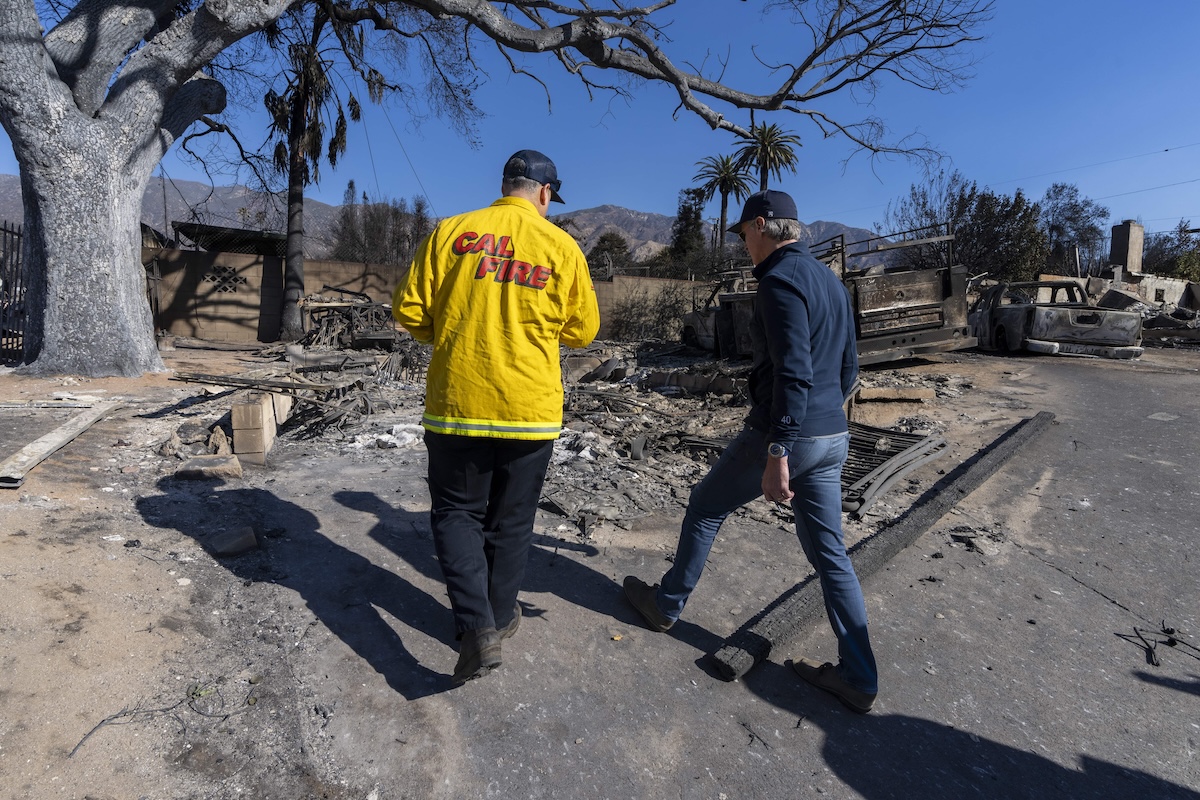
California Continues Quick and Effective Action to Assist Los Angeles Fires Recovery
February 7, 2025 – Governor Newsom has launched historic recovery and rebuilding efforts to accelerate recovery and signed legislation providing over $2.5 billion to support ongoing response and jumpstart recovery efforts for Los Angeles. The Governor has signed 15 executive orders that together are:
- streamlining rebuilding of homes and businesses;
- cutting red tape and suspending permitting requirements under the California Coastal Act;
- removing bureaucratic barriers to provide critical regulatory relief to help fire survivors rebuild, and access essential services;
- providing tax and mortgage relief to impacted communities and businesses, as well as extending tax deadlines;
- fast-tracking temporary housing and protecting tenants; and
- mobilizing debris removal and cleanup and protecting communities from flooding and landslides.
Additionally, State and federal resources have come together to accelerate a safe recovery for Los Angeles:
- The California Conservation Corps (CCC) responded quickly in recovery efforts by installing silt socks and straw wattles around storm drains in the burn zones to keep contaminants found in the ash from washing into the Los Angeles watershed. This was the largest deployment of Corpsmembers in CCC history targeting erosion and contaminant control.
- The California Department of Water Resources deployed over 30 watershed experts and engineers to Los Angeles to support fire mitigation work in burn scar areas and protect downstream communities by keeping toxic runoff out of local watersheds.
- The California Department of Conservation deployed its Watershed Emergency Response Teams to the front lines to quickly assess post fire hazards such as debris flows, flash floods, and falling rocks.
- The California Department of Fish and Wildlife (CDFW) is supporting intake of burned and impacted wildlife to rehabilitation centers, as well as relocating wildlife to help expedite recovery for both people and animals. CDFW also mobilized staff and volunteers to rescue a population of endangered Steelhead trout in Topanga Creek.
- California State Parks is working with US EPA, Cal OES, and CalEPA to help the recovery effort by hosting two temporary sites to safely process hazardous household materials removed from properties destroyed by the Palisades Fire.
- The U.S. Forest Service continues ongoing assessment of damage from the Eaton and Hughes fires through the deployment of Burned Area Emergency Response (BAER) Teams. These teams include scientists, historians and other subject matter experts that identify potential emergency threats on federal lands, such as human life and safety, national forest property, critical natural resources, and critical pre-historic and historic properties, and more. In addition, BAER Teams coordinate with other agencies, who assist businesses, homes and landowners preparing for rain events and potential flooding and debris flow in fire affected areas.
- The Bureau of Land Management (BLM) is currently engaging in emergency stabilization and rehabilitation (ESR) planning following the Border 2 Fire to mitigate the potential impacts of the burned area, such as mud and debris flows, erosion, and other damages. Additionally, BLM assessed impacts of the Hughes Fire and no emergency stabilization or rehabilitation needs were identified.
Managing Wildfire Risk in Southern California’s Chaparral Landscapes
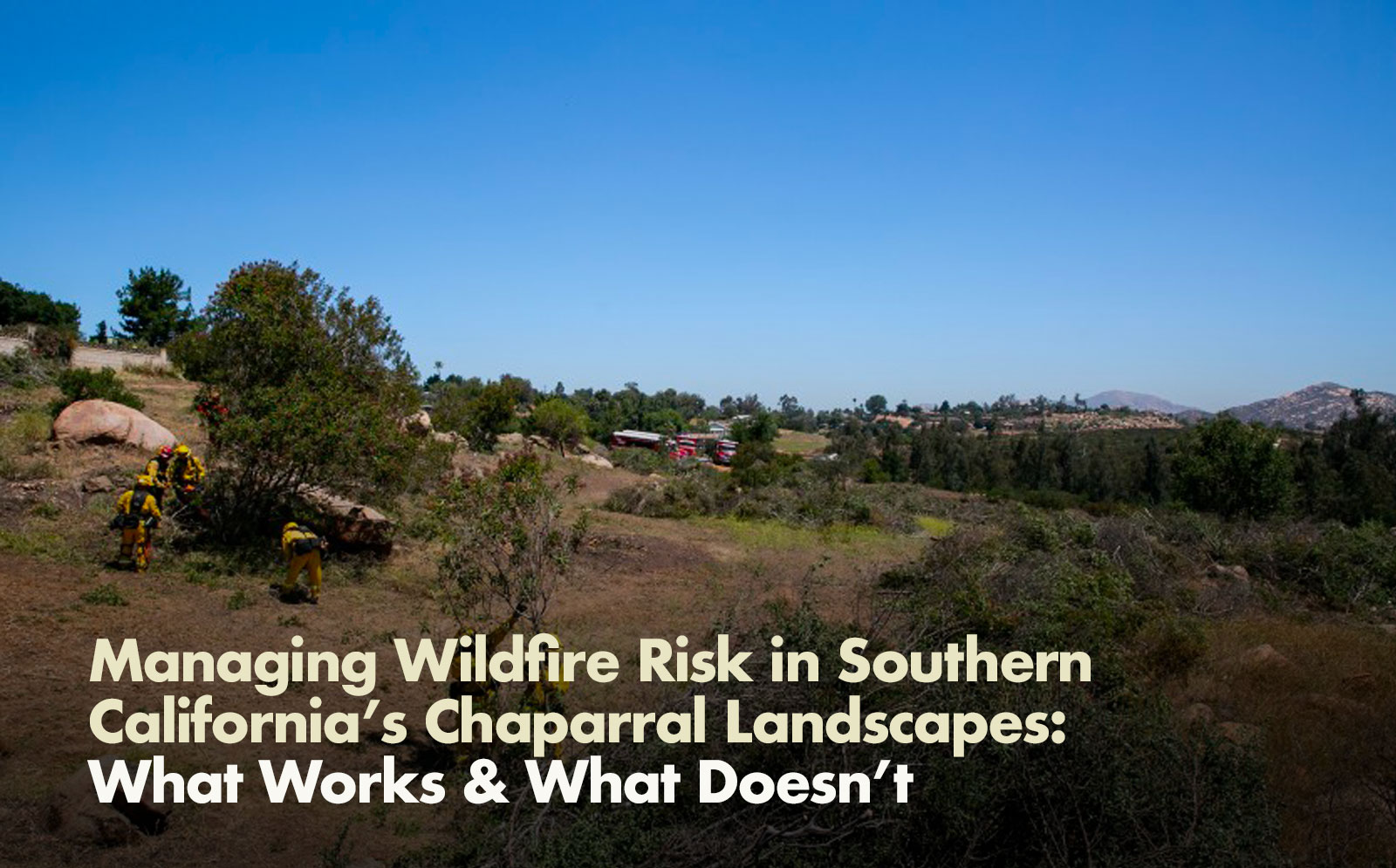
THE PROBLEM: The largest and most catastrophic wildfires in Southern California strike during Santa Ana winds, when extremely dry conditions combine with high winds and ignitions along roadways and powerlines. Climate change has made these conditions more extreme and more likely, and the recent Los Angeles fires are among the most damaging natural disasters in the state’s history.
SOUTHERN CALIFORNIA IS UNIQUE: Southern California’s chaparral landscapes require carefully tailored management approaches for wildfire resilience. Unlike much of California’s forests (including Southern California’s higher elevation forests), Southern California’s chaparral-dominated ecosystems suffer from too much fire. Therefore, fuel treatments such as prescribed fire are generally not appropriate as a landscape-level tool to reduce wildfire risks as more frequent fires lead to the conversion of chaparral into more flammable non-native grasses, which creates even greater fire risk. Accordingly, primary wildfire resilience tools in Southern California communities near chaparral are preventing ignitions; hardening structures and communities; and strategic fuel breaks.
PROGRESS MADE: The State and its partners have completed more than 500 targeted wildfire resilience projects between 2021 and 2023, including 129 in Los Angeles County. These include fuel breaks, roadway ignition reduction projects, and a broad range of community wildfire resilience programs and projects.
Irvine Ranch Conservancy President & CEO, Michael O’Connell, shares the unique obstacles and solutions to wildfire risk in Southern California during a panel on the Los Angeles fires featured through the California Natural Resources Agency’s Secretary Speaker Series.
What Works
1.
IGNITION REDUCTION:
Ignition reduction work focuses on reducing the potential sources of ignition and removing fuels in areas where ignitions are more common. Undergrounding of utility lines and restricting access to unauthorized trails are examples of reducing potential ignition sources. Where ignitions are more common, such as along roadsides, removing easily ignitable fuels, such as non-native grasses, can reduce the likelihood of an ignition becoming a wildfire. Individuals can take steps to prevent human ignitions through actions such as mowing dry grass before 10 a.m., ensuring debris burns and campfires are completely extinguished, and ensuring vehicles are properly maintained.
WHAT WE'RE DOING:
The U.S. Forest Service (USFS) - along with Caltrans, CAL FIRE, DOC, and non-profit partners – created the Southern California Ignition Reduction Program to coordinate and ramp up regionally-tailored ignition reduction efforts. CAL FIRE and its contract counties completed over 29,800 acres of fuels reduction work across 391 projects in the 2023/24 fiscal year. Caltrans treated over 134,000 acres along roadsides between 2021 and 2023 in Southern California. The California Office of Energy Infrastructure Safety ensures electrical corporations are constructing, maintaining, and operating electrical lines and equipment to minimize wildfire risk through review of Wildfire Mitigation Plans.

2.
STRUCTURE HARDENING:
Once a fire starts, pre-fire work to create defensible space and harden structures, especially removing flammable materials from Zone Zero (within 5 feet of structures) and installing low-cost protections like ember-resistant vents, offers the best chance to reduce risk to homes near the flame front.
WHAT WE'RE DOING:
Governor Newsom signed Executive Order N-18-25 which directs the State Board of Forestry to accelerate its work to adopt Zone Zero regulations. CAL FIRE inspected over 216,000 homes in Southern California in the 2023/24 fiscal year. CAL FIRE and Cal OES partnered through the California Wildfire Mitigation Program to develop a home hardening initiative to retrofit, harden, and create defensible space for homes at high risk to wildfires, focusing on high socially-vulnerable communities.
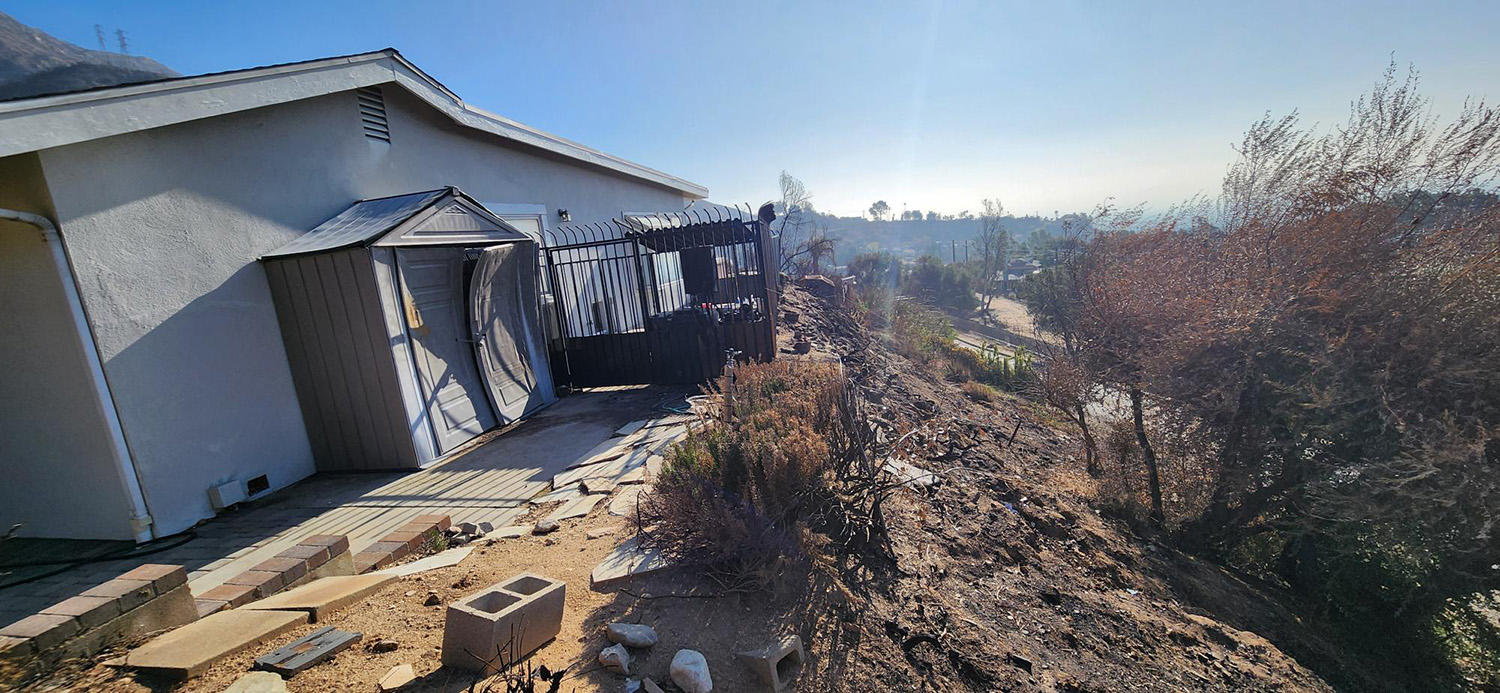
– Steve Hawks, Senior Director for Wildfire at the Insurance Institute for Business & Home Safety
3.
STRATEGIC FUEL BREAKS:
When placed strategically and properly maintained, fuel breaks can reduce fire risk and enable firefighters to protect communities safely and effectively. Three key factors – fire weather, strategic placement, and continued maintenance – determine fuel break effectiveness.
WHAT WE'RE DOING:
CAL FIRE Provides funding through competitive grants to communities across the state to create and maintain fuel breaks and conduct other mitigation and efforts. CAL FIRE continues to evaluate the effectiveness of fuel treatments (viewable in an interactive dashboard) that have been impacted by wildfire to ensure projects are achieving intended objectives and to inform management decisions. A selection of Fuels Treatment Effectiveness Reports from 2024 are viewable here. USFS has treated more than 50,000 acres for hazardous fuels in Southern California since 2023. This includes fuel breaks that enabled firefighters to protect the communities of Lake Elsinore from the 2024 Airport Fire and Angelus Oaks from the 2024 Line Fire. The Bureau of Land Management is utilizing cross-boundary strategic fuel breaks to protect vulnerable communities from wildfire. This includes fuel breaks that helped firefighters contain the 2024 Grove 2 Fire in San Diego County.
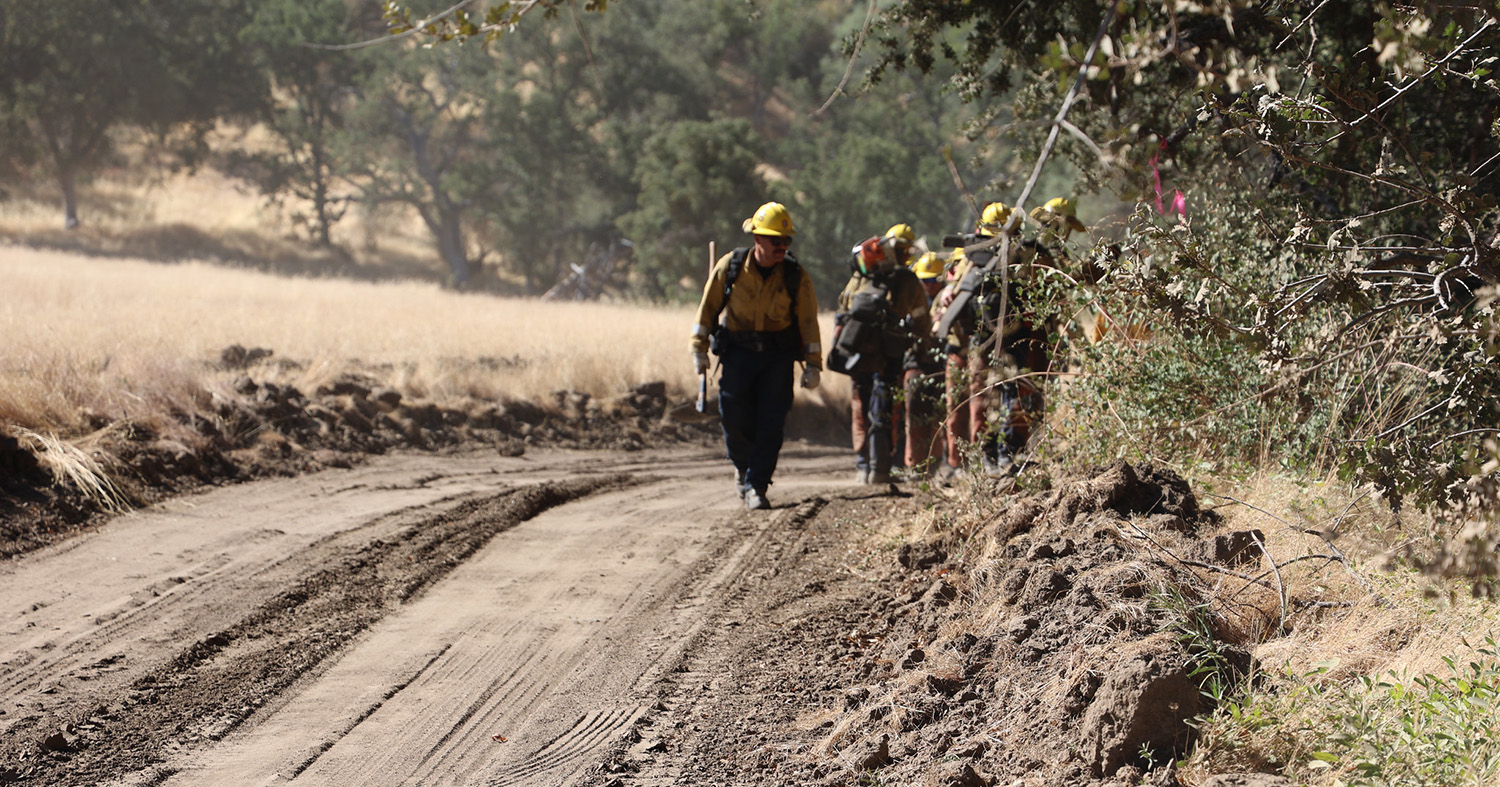
“Fuel breaks are somewhat controversial, because there is a net ecological loss when you create them, but they are beneficial when they are strategically placed.”
– Megan Jennings, Research Ecologist at San Diego State University
What Doesn't Work
1.
WIDESPREAD BRUSH CLEARING:
In the absence of extreme wind, strategically-based fuel breaks can be highly effective at reducing fire risk, but more widespread chaparral clearing can also cause damage by completely removing native vegetation, impacting habitat and increasing the risk of spreading more flammable non-native species, which can also indirectly increase fire risk.
– Max Moritz, Wildfire Specialist at UC Santa Barbara
– Patrick T. Brown, The Breakthrough Institute
2.
FUEL BREAKS UNDER EXTREME WEATHER CONDITIONS:
Under extreme fire weather conditions, such as the recent Santa Ana winds during the Los Angeles fires, fuel breaks, and other fuel reduction projects, play a smaller role in reducing fire spread as wind carries embers well in front of the active flame front.
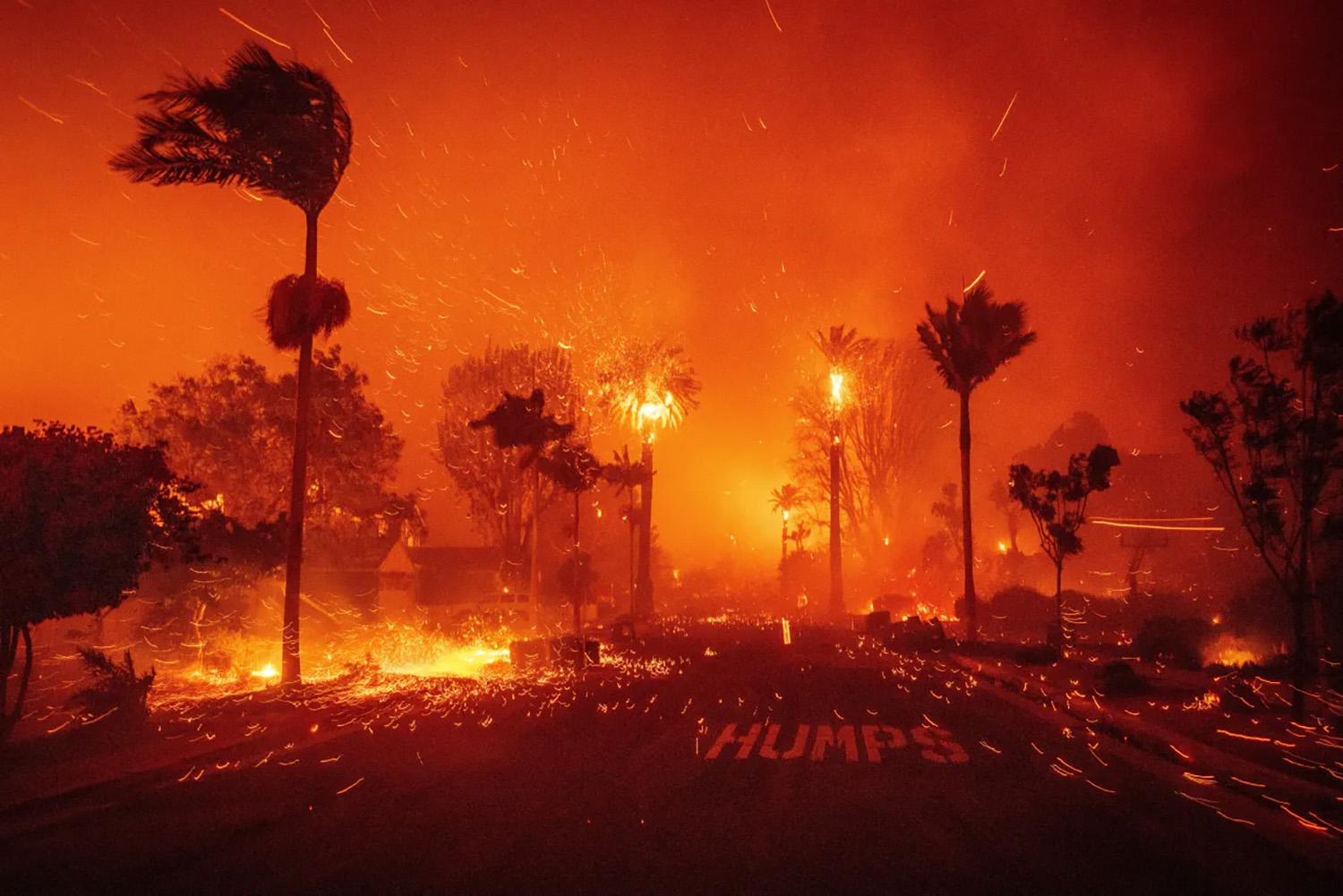
– Chief Brian Fennessy, Orange County Fire Authority
– Alexandra Syphard, Senior Research Ecologist with The Conservation Biology Institute
3.
UNMAINTAINED FUEL BREAKS:
Unmaintained fuel breaks and disused roads create places for flammable non-native grasses to thrive, which increases ignition risks. One-time treatments and unmaintained fuel breaks can have the unintended effect of actually increasing fire risk.
“Unmaintained fuel breaks can slow fire suppression response and put firefighters at risk, therefore there should be a commitment and plan to maintain a strategic fuel break network across Southern California.”
– Nicole Molinari, Southern California Province Ecologist, U.S. Forest Service
4.
PRESCRIBED FIRE IN CHAPARRAL LANDSCAPES:
Unlike many other parts of California, prescribed and managed wildfire in Southern California chaparral is not a widespread solution because fires are occurring MORE frequently than they did historically. Too much fire is leading to conversion of native vegetation to more flammable non-native grasses, resulting in even greater fire risk. However, prescribed fire can be an effective tool in Southern California’s montane forests and in other targeted applications in the region.
“In our shrublands we have too much fire, and we want to have less. Too much fire means shrublands turn to grasslands.”
– Megan Jennings, Research Ecologist at San Diego State University
Resources:
*Information included in this document was sourced from the California Wildfire and Forest Resilience Task Force’s Southern California Regional Profile.
Find practical ways to protect your home from wildfire: Defensible Space | CAL FIRE
See Highlights From a Busy Year for the Task Force
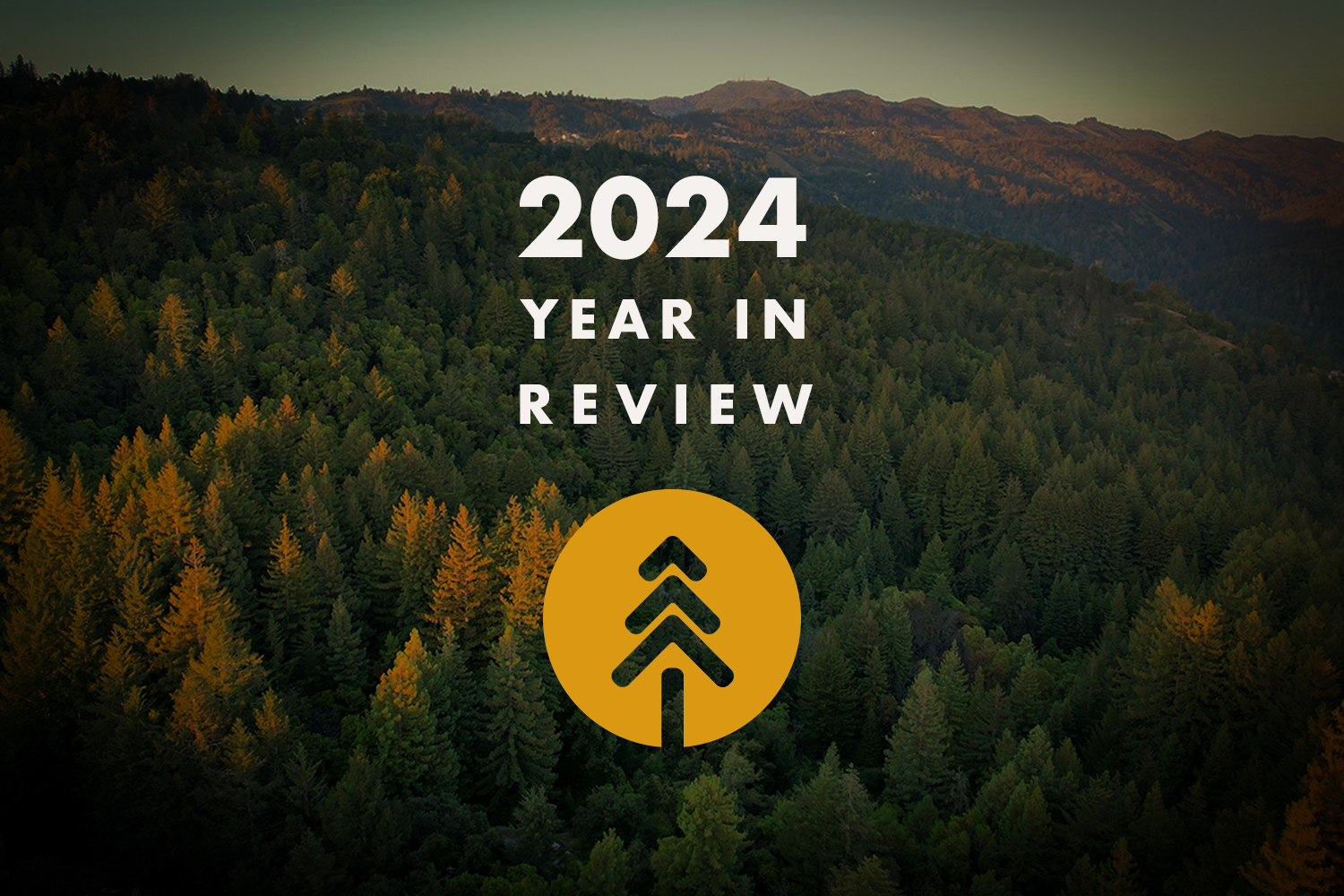
ADVANCEMENTS IN MEASURING PROGRESS

Interagency Treatment Dashboard Shows Progress Toward Resilience
The updated Dashboard shows three years of data with treatments on 700,000 acres in 2023 and prescribed fire acres more than doubling between 2021 and 2023.
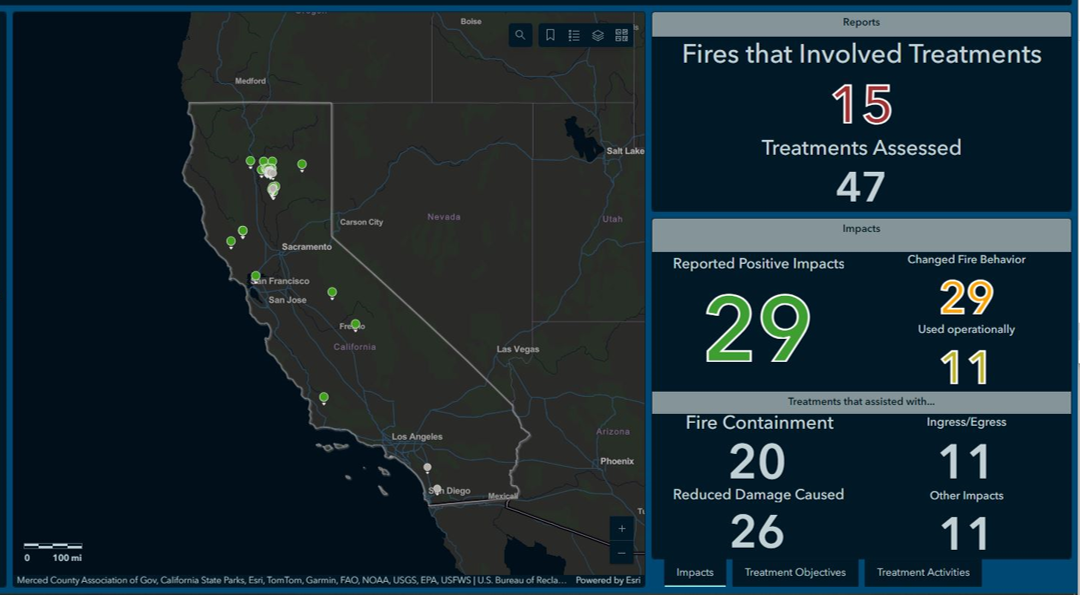
New CAL FIRE Dashboard Shows Effectiveness of Fuels Treatments
The dashboard shows on-the-ground projects protecting communities and landscapes from recent wildfires.
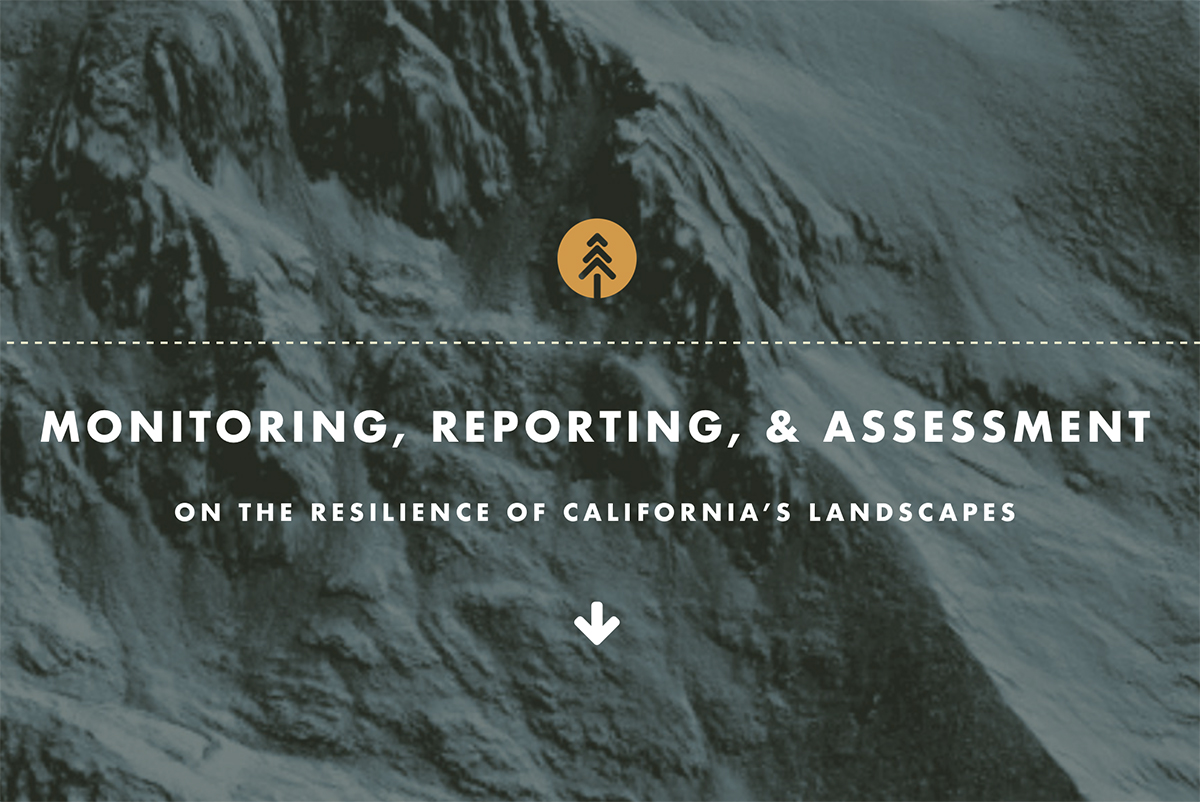
New Webpage Brings Together California’s Wildfire and Landscape Resilience Monitoring and Assessment Programs
Centralized resource provides detailed information on California’s various monitoring and assessment programs to understand the complementary relationship between these efforts.
ABOUT THE TASK FORCE
The California Wildfire & Forest Resilience Task Force was created by the Office of Governor Gavin Newsom to directly confront the near perfect storm of climatic and human-caused conditions that have brought the threat of devastating wildfire and its far-reaching effects to the doorstep of nearly everyone in our state, and beyond.
The Task Force is a collaborative effort to align the activities of federal, state, local, public, private, and tribal organizations to support programs and projects tailored to the priorities and risks of each region and bring the best available science to forest management and community protection efforts.
The critical work of the Task Force effects all Californians, and Task Force meetings offer an ideal opportunity for members of the press to hear directly from those involved in the comprehensive, coordinated efforts to reduce the risk of catastrophic wildfires and create safe communities while ensuring healthier, more sustainable natural environments.
MORE 2024 HIGHLIGHTS
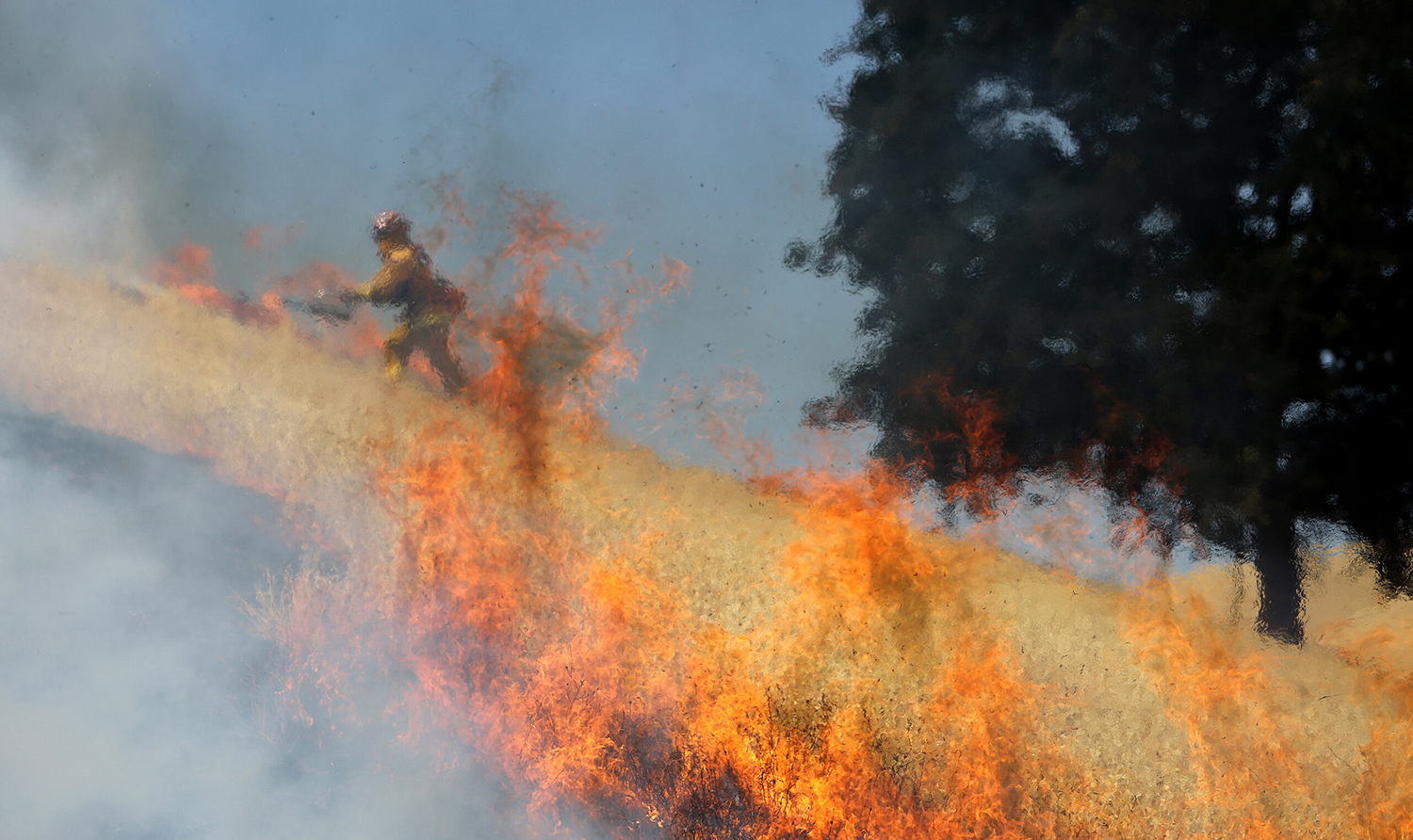
California Passes Proposition 4 – Providing $1.5 Billion for Wildfire Resilience
The approval of Prop 4 is a major advancement for California to reach goals set in the Wildfire and Forest Resilience Action Plan.
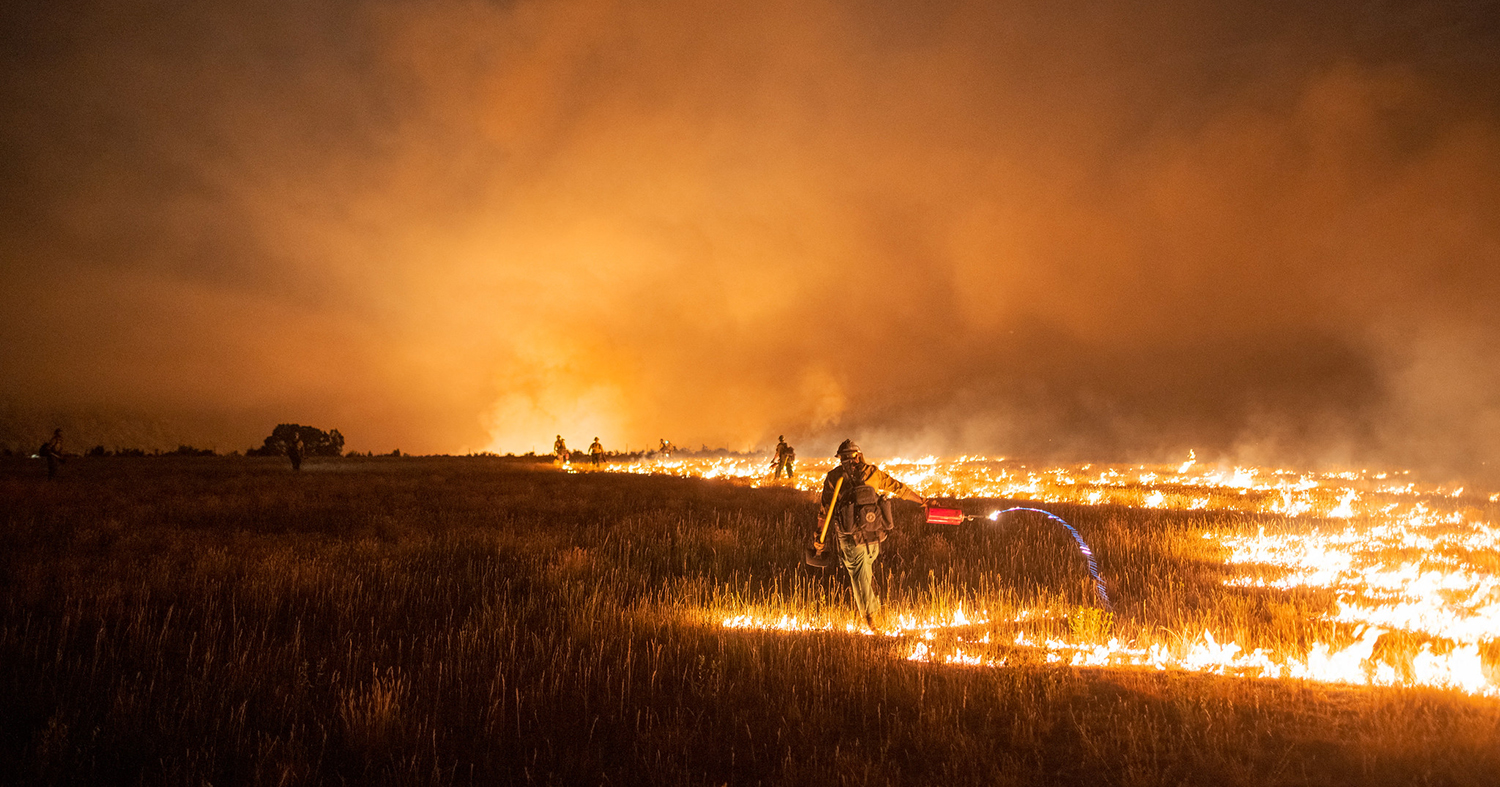
U.S. Forest Service Completes Record Setting Year for Prescribed Fire
The U.S. Forest Service successfully treated over 72,000 acres with prescribed fire in California during the 2024 fiscal year.

Leading Researchers Share Science Synthesis to Drive California’s Actions to Improve Wildfire Resilience
At the December 13 meeting in Sacramento, a panel of scientists presented new findings to guide California’s efforts to respond to increasing wildfire risks in a changing climate.

Regional Meetings in San Diego and Lake Tahoe
Two regional meeting were held in 2024, along with two more in Sacramento. Hundreds of people came away from the meetings having learned new information, and having made new connections, and inspired to make positive change.
Join Us at our Upcoming Meetings
• March 27 & 28: Marin County
• June 6: Sacramento
• September 4 & 5: TBD
• December 12: Sacramento
SPREAD THE WORD IN 2025
Promote the Task Force in Your Communications
Task Force communications provides an important source of vital information that covers the combined effort of all organizations involved in landscape resilience and the prevention of wildfires in California. Please follow and share Task Force communications when you can.
Share the Task Force E-Newsletter
Do you know someone who will appreciate getting the latest progress from the Task Force? Click below to help others stay in the know.
California Public Seed Banks Complete Historic Cone Collection Year

California Public Seed Banks Complete Historic Cone Collection Year
December 5, 2024 – California’s two public seed banks collected a total of 11,330 bushels of conifer seed-bearing cones in 2024. The U.S. Forest Service Placerville Nursery collected 6,700 bushels and CAL FIRE’s L.A. Moran Reforestation Center collected 4,630 bushels. 30% of the bushels collected in 2024 were supported by the California Reforestation Pipeline Partnership which helped increase cone collection in public seed banks in 2024 by 275% from the total collected in 2023. In addition to public seed banks, voluntarily reported private sector seed collection in California totaled 8,670 bushels which brings the statewide total to at least 20,000 bushels which could potentially reforest as much as 681,000 acres.
Interagency Treatment Dashboard Shows Progress Toward Resilience

FOR IMMEDIATE RELEASE
October 10, 2024
California Unveils First-of-Their-Kind Dashboards Mapping Out Fire-Prevention Work to Protect Communities
New tools created by CAL FIRE and Wildfire and Forest Resilience Task Force simplify data, boost transparency, and help inform wildfire planning and response – adding to the suite of tools the state has created

(South Lake Tahoe, CA) – The Governor’s Wildfire and Forest Resilience Task Force and the California Department of Forestry and Fire Protection (CAL FIRE) unveiled several new tools today to help California track and communicate the state’s significant progress in improving wildfire and landscape resilience.
Key takeaways from the Task Force’s Sierra Nevada Regional Meeting in South Lake Tahoe include:
• Interagency Treatment Dashboard updated to show 2021, 2022 and 2023 data.
• Over one million acres of treatments were conducted on about 700,000 footprint acres in 2023.
• Prescribed fire treatments more than doubled between 2021 and 2023.
• CAL FIRE Fuel Treatment Effectiveness Dashboard is showing the impact of treatments impacted by recent wildfires.
“Thousands of wildfire resilience projects have been completed across California to protect our communities and landscapes from catastrophic wildfire in recent years, and more are underway,” said Wade Crowfoot, Secretary of the California Natural Resources Agency and co-chair of the Task Force. “Thanks to historic investments from our state and federal leaders, dozens of local agencies and hundreds of organizations are delivering these projects. Now for the first time, we have a dashboard that tracks all these diverse projects in one place and on one map. This enables us to measure our overall progress toward building wildfire resilience across the state and provides regional leaders valuable information to plan future projects.”
Interagency Treatment Dashboard
The updated version of the Interagency Treatment Dashboard shows wildfire resilience work (or “treatments”) for three calendar years (2021, 2022 and 2023). The data, which was sourced from federal, state, local, tribal, and private entities, is now available in a single hub that allows Californians to easily see where treatments (such as prescribed fire, mechanical thinning, and tree planting) have been completed. This information is used to inform firefighting efforts, ensure transparency to the public, and track progress toward statewide goals.
The Task Force released a Beta version of the Dashboard last year with 2022 data. This updated version now includes data for 2021, revised data for 2022, and new data for 2023.
Over 1 million acres worth of treatment work on 700,000 acres of land
The Dashboard shows significant progress on multiple fronts to bolster wildfire resilience in California. In 2023, more than one million acres of treatments were conducted on about 700,000 acres, with many acres receiving multiple treatments such as thinning, prescribed fire, or other practices to improve forest health and community resilience. The Task Force is tracking both “activity acres” – which reflect the level of effort conducted through various state, federal, and private programs – and “footprint acres” – which show the total geographic area treated in a calendar year.
The 2023 data shows a significant increase in acres treated since 2021. The increase is largely due to a significant expansion of prescribed fire treatments, which more than doubled since 2021. These efforts have put the state on a solid path toward meeting its joint commitment with the U.S. Forest Service to complete treatments on more than a million acres by the end of 2025.
The Task Force is committed to increasing the pace and scale of statewide actions to address California’s wildfire crisis. The Dashboard is part of a larger strategy to connect the various statewide entities committed to this monumental task.
Fuel Treatment Effectiveness Dashboard
CAL FIRE also launched a Fuel Treatment Effectiveness Dashboard, which shows how wildfire prevention projects are helping protect communities and landscapes when wildfire strikes. “Utilizing technology, we can now track in real time when wildfires hit areas where fuel treatments have been conducted. We can then go into an area and see how those treatments affected fire behavior, evacuation routes, firefighting efforts and more,” said CAL FIRE Chief/Director Joe Tyler. “This new dashboard is a tool for the public to see how fuels treatments had a positive impact on the firefight and how this work is making a difference.”
“No other state in the country is tackling wildfire resilience at this scale or with this level of innovation,” added U.S. Forest Service Deputy Regional Forester Kara Chadwick, who co-chaired today’s meeting. “From groundbreaking prescribed fire projects to comprehensive data tracking systems, we’re setting the standard for what it means to protect our landscapes and communities.”
The meeting is supplemented by field tours on October 8 and 11, to showcase wildfire resilience projects in the Tahoe Basin. Tour highlights include recovery efforts following the 2021 Caldor Fire, long-term prescribed burn projects in Sugar Pine Point State Park, meadow restoration at Máyala Wát undertaken by the Washoe Tribe of Nevada and California, and the first new industrial-scale sawmill built in Sierra Nevada in several decades.
“Today’s meeting is a major milestone in our efforts to better document and share our collective progress,” said Task Force Director Patrick Wright. “We will continue to build on our collective momentum to make California more resilient to wildfire.”
The next Task Force meeting will take place in Sacramento on December 13 and will provide a synthesis of the latest scientific findings that are informing California’s approach to address wildfire risks in a changing climate. These findings will be incorporated into the Task Force’s 2025 Action Plan Update.
Sky Biblin, Communications Coordinator
Governor’s Wildfire and Forest Resilience Task Force
916-502-6527


